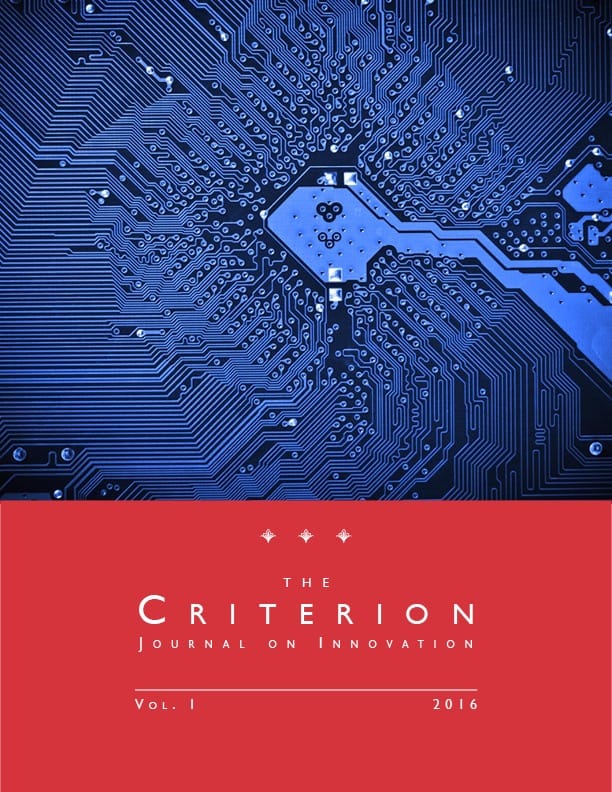What Aggregate Royalty Do Manufacturers of Mobile Phones Pay to License Standard-Essential Patents?
Purchase a reprint version of the Article (Amazon) | Read the Article (PDF) | Download the Article (PDF) Download the Article (PDF)For a decade or more, proponents of the royalty-stacking conjecture have claimed that, when an end-user product (such as the smartphone) incorporates multiple standard-essential patents (SEPs), the aggregate SEP royalty might be so high as to make it infeasible for manufacturers to make a standard-compliant product. A decade’s worth of royalty-stacking claims in the academic literature and in patent-infringement litigation begs this question: what is the aggregate royalty actually paid for SEPs used in standard-compliant products—specifically, smartphones?
In 2015, Keith Mallinson, an engineering consultant in the mobile telecommunications industry, supplied an elegantly simple answer. He estimated the total monetary burden that royalties for mobile communications SEPs actually impose on manufacturers of mobile handsets and then compared that aggregate royalty to total global handset revenues for 2014. Mallinson found that the aggregate royalty for 2G, 3G, and 4G SEPs was approximately 5 percent of global handset revenues.
I replicate Mallinson’s important study. I am able to confirm his results with publicly available data and my own analysis of a dataset on mobile handset sales in 2013 and 2014. In this article, I first explain Mallinson’s methodology. I then separately examine the revenues of major SEP owners, patent pools, large implementers of SEPs, and patent-assertion entities (PAEs). I show that, even using large assumed values for balancing payments in cross licenses, the aggregate SEP royalty that implementers paid in 2013 and 2014 was between 4 and 5 percent of global handset revenues for handsets practicing the 3G and 4G standards.

Cite as
J. Gregory Sidak, What Aggregate Royalty Do Manufacturers of Mobile Phones Pay to License Standard-Essential Patents?, 1 Criterion J. on Innovation 701 (2016).
